Vietnam has two representatives in the newly released ranking of the world's best interdisciplinary research universities, both ranking within the top 200.
Two Vietnamese universities ranked for interdisciplinary science
The Times Higher Education (THE) organization in the UK, in collaboration with the Schmidt Science Fellows, announced on November 21st the ranking of the world's best interdisciplinary research universities (ISRs) for 2025. According to the parties, this is the first interdisciplinary science ranking in the world, aiming to "assess the contributions and commitment of universities to interdisciplinary science".
The campus of Ton Duc Thang University, the highest-ranked institution in Vietnam in the world's best interdisciplinary research universities. PHOTO: NGUYEN ANH
Among the 749 higher education institutions from 92 countries and territories that were ranked, Vietnam had two representatives: Ton Duc Thang University at position 95 and Duy Tan University at position 176. Ton Duc Thang University achieved 56.5/100 points with component scores of 51.5, 33.3, and 63.6 for the three criteria: input, process, and output. Duy Tan University received 47.4 points, with component scores of 26.1, 33.3, and 57.1 for the aforementioned criteria.
This is also the highest ranking these universities have achieved on their first appearance in THE rankings. Previously, Ton Duc Thang University was only in the 101-200 group when it debuted in the ranking of the most influential universities in 2019, or ranked 98th in the ranking of the best young universities in the world in 2022. Similarly, Duy Tan University's achievements were 601-800 and 122 respectively, also in 2022.
Meanwhile, in the World University Rankings – also the most prestigious ranking by THE – the highest ranking ever recorded in Vietnam belongs to Duy Tan University and Ton Duc Thang University, debuting in the 401-500 range in 2022 and maintaining that position until 2023.
On the other hand, the University of Economics Ho Chi Minh City (UEH) is also included in the ranking of the world's best universities for interdisciplinary scientific research, but in "reporter" status. This means that the university only meets certain criteria and does not fully satisfy the requirements, therefore it has not been ranked. Along with UEH, there are 273 other universities worldwide in the "reporter" group.
Notably, a prominent name in interdisciplinary scientific research in Vietnam, the School of Interdisciplinary Sciences and Arts (SIS) of Vietnam National University, Hanoi, is absent from this year's ranking.
A building belonging to Duy Tan University (Da Nang). PHOTO: DUY TAN UNIVERSITY
Interdisciplinary science is the combination of knowledge, methods, and traditions from many different scientific disciplines. It can involve researchers from different fields collaborating, or a single researcher approaching a scientific question from multiple perspectives. This year's ranking, however, only considers scientific disciplines within four main fields: computer science, engineering, life sciences, and physical sciences.
Previously, in the 2025 World's Best Universities ranking, Vietnam had nine representatives for the first time, the highest achievement the country has attained in the prestigious global rankings of the UK and China. Among them were three new names: Ho Chi Minh City University of Economics, Ho Chi Minh City Open University, and Hanoi Medical University; and six returning universities: Duy Tan University, Hanoi National University, Hanoi University of Science and Technology, Ho Chi Minh City National University, Hue University, and Ton Duc Thang University.
What is the ranking method?
According to THE and Schmidt Science Scholar, the ranking of universities globally for interdisciplinary scientific research is based on 11 different criteria, divided into three main groups: input, process, and output. Each group also represents a stage in the lifecycle of research projects, and each group of criteria accounts for 16-65% of the weight in the final ranking results, with the output group having the highest weight.
Specifically, the input group includes two criteria: funding for interdisciplinary scientific research (8%) and funding from the industry (11%). The process group includes four criteria: success measures, infrastructure, administrative support, and promotion processes (all 4%). For the output, five criteria are used: number of interdisciplinary scientific research publications (10%), ratio of interdisciplinary scientific research publications and their usefulness outside the industry (both 5%), quality of interdisciplinary scientific research (20%), and reputation (25%).
The data used to rank universities is based on 157 million scientific citations, 18 million research publications, and survey responses from more than 20,000 academics globally, THE added.
The methodology for ranking the best universities in interdisciplinary scientific research. PHOTO: THE
The newly released ranking of the world's best universities for interdisciplinary science is the Massachusetts Institute of Technology (MIT), followed by Stanford University (MIT) and the National University of Singapore in second and third place respectively. Positions 4, 5, 6, 8, and 10 are also held by US universities: the California Institute of Technology, Duke University, Minnesota University, California at Santa Barbara, and Michigan-Ann Arbor. Wageningen University and Research Centre in the Netherlands ranks 7th, while Nanyang Technological University in Singapore is ranked 9th.
THE is one of the world's most prestigious, experienced, and influential university ranking organizations, alongside QS (UK) and ShanghaiRanking Consultancy (China). THE has been ranking universities since 2004, alongside QS, a year after the world first had a global university ranking published by Shanghai Jiao Tong University (later Shanghai Ranking Consultancy).
Source: https://thanhnien.vn/the-gioi-moi-co-bang-xep-hang-khoa-hoc-lien-nganh-mot-dh-viet-nam-hang-95-185241123053141599.htm




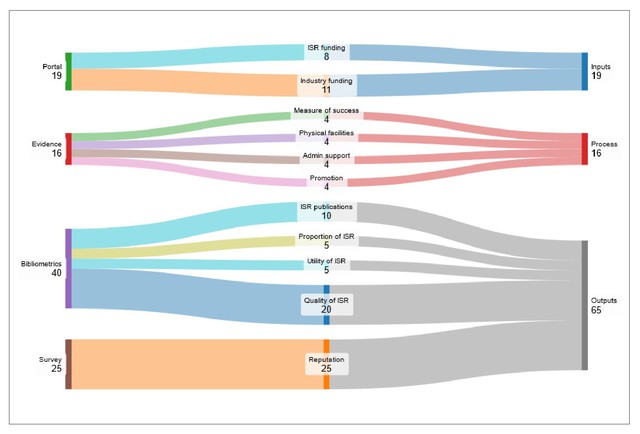






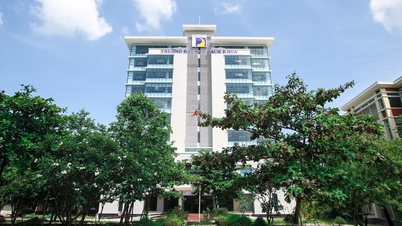


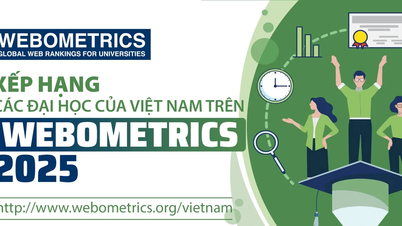

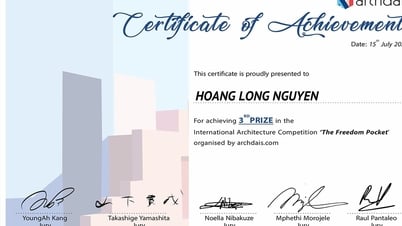

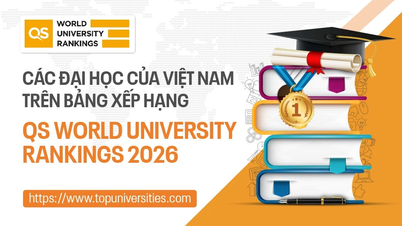


















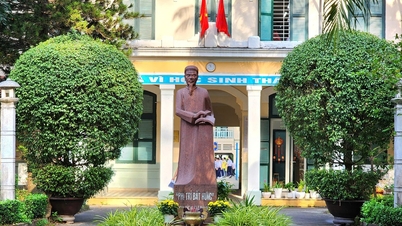
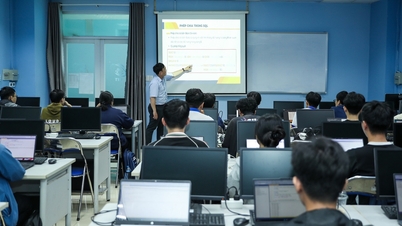






![[Video] The craft of making Dong Ho folk paintings has been inscribed by UNESCO on the List of Crafts in Need of Urgent Safeguarding.](https://vphoto.vietnam.vn/thumb/402x226/vietnam/resource/IMAGE/2025/12/10/1765350246533_tranh-dong-ho-734-jpg.webp)
































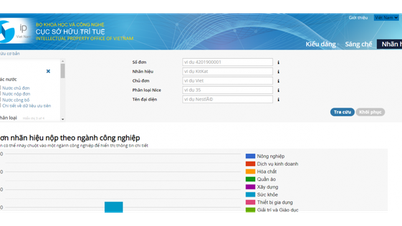

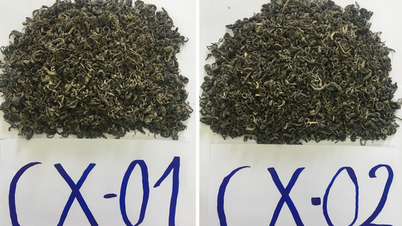

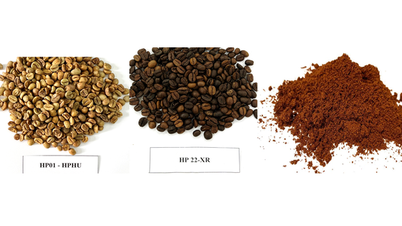




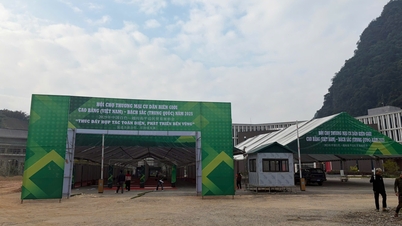






















Comment (0)